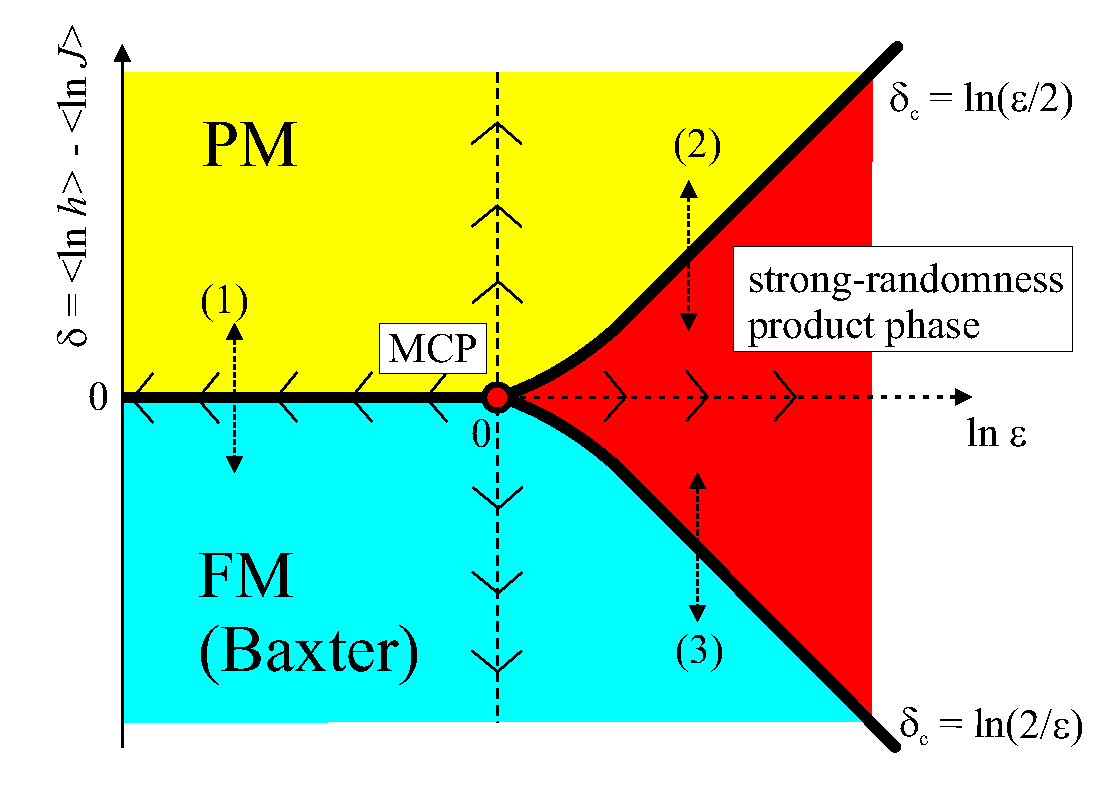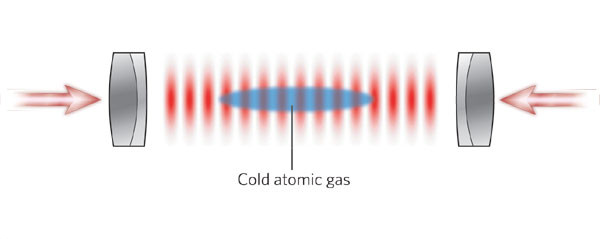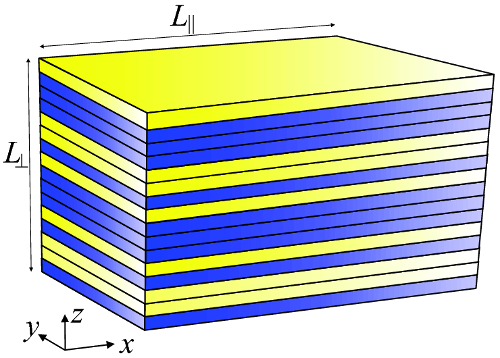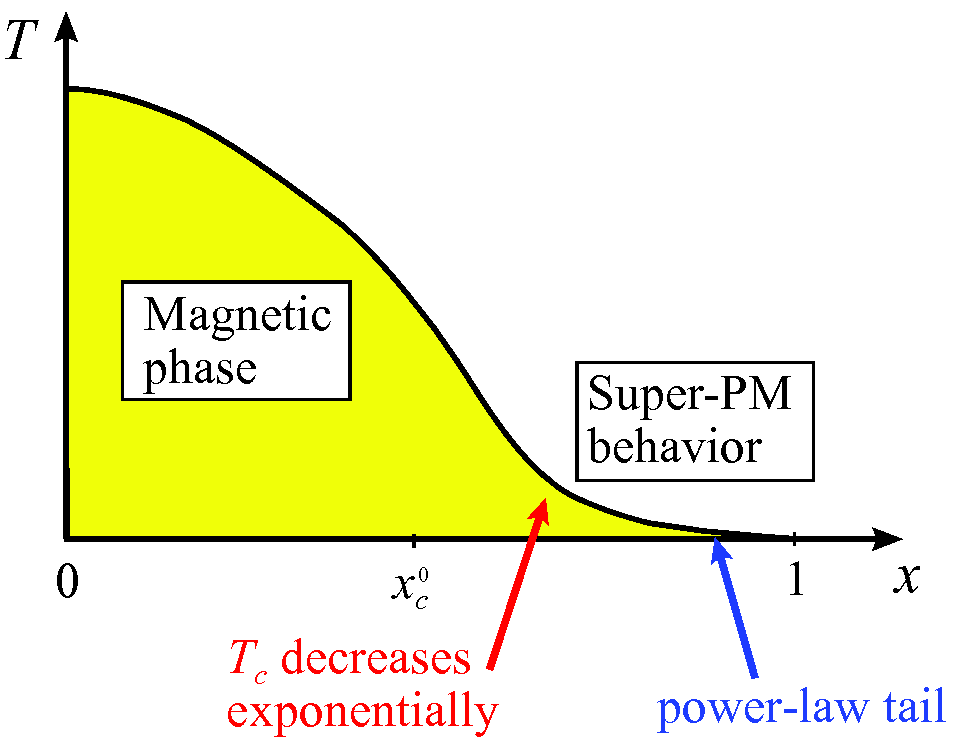|

Classical and nonclassical calculations of nucleation rates are presented for methanol, an associating vapor system.
The calculations use an equation of state (EOS) that accounts for the effects of molecular association based on the
statistical association fluid theory (SAFT). Two forms of classical nucleation theory (CNT) were studied: a Gibbsian
form known as the P-form and the standard or S-form. CNT P-form calculations and nonclassical gradient theory (GT)
calculations were made using the SAFT-0 EOS. Calculated rates were compared to the experimental rates of Strey, et al.
[J. Chem. Phys.1986, 84, 2325–2335]. Very little difference was found between the two forms of CNT for either the
temperature (T) or supersaturation (S) dependence of the rates. Nucleation rates based on GT showed improved T and
S dependence compared to CNT. The GT rates were also improved by factors of 100-1000 compared to CNT. Despite these
improvements, GT does not describe the reported T and S dependence of the nucleation rates. To explore this further,
the GT and experimental rates were analyzed using Hale’s scaled model [J. Chem. Phys.2005, 122, 204?509].
This analysis reveals an inconsistency between the predictions of GT, which scale relatively well, and the experimental
data, which do not scale. It also shows that the measured rate data have an anomalous T and S dependence.
A likely source of this anomaly is the inadequate thermodynamic data base for small cluster properties that was used
originally to correct the raw rate data for the effects of association.
Abdalla Obeidat, Maen Gharaibeh, Hasan Ghanem, Fawaz Hrahsheh,
Nora Al-Zoubi, and Gerald Wilemski, ChemPhysChem 2010, 11, 3987–3995.
Direct Link to pdf copy
|






